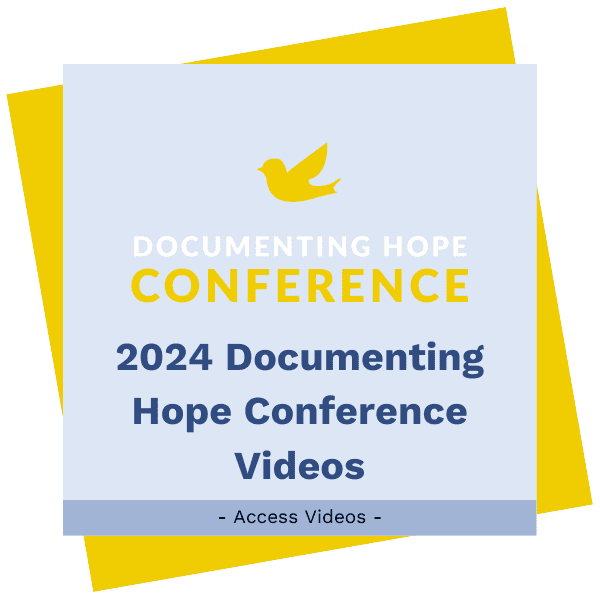What Is Hyperlexia?
Extremely early reading is called hyperlexia and is a sign of inappropriate neurodevelopment, especially in the area of vision. Parents get very excited when their very small child at a very precocious age begins to read as though he or she is the next protégé or reading genius. It is sometimes coupled with:
- A significant difficulty to understand language
- An obsession with letters and numbers
- Tremendous socialization and interaction difficulties similar to those seen in children with autism
In fact, it has many characteristics similar to:
- Hearing impairments
- Intellectual disabilities
Because of this, it is often misdiagnosed. There are three basic types of hyperlexia:
- Hyperlexia I: Neurotypical children who are early readers
- Hyperlexia II: Early readers who are on the autism spectrum
- Hyperlexia III: Early readers who carry traits of autism and some have Asperger’s Syndrome
Another Way to Think About Hyperlexia
Treating hyperlexia should be similar to treating other developmental disorders, autism spectrum disorders and learning disabilities (see Hyperlexia Healing Checklist, below). Appropriate therapies can improve your child’s hyperlexia. Vision therapy is very important for children with hyperlexia, so finding a devlopemental/behavioral optometrist in your area would be at the top of the list. Other therapies that can help your child’s brain imbalance are:
- Brain Gym (hand eye coordination)
- Reflex integration therapy
- Occupational therapy with sensory integration
- Neurobiofeedback
- Auditory Integration Therapy (Berard) or Sound Stimulation (Tomatis)
- Brain Balance
- GemIIni speech therapy
Hyperlexia Healing Checklist
Still Looking for Answers?
Visit the Documenting Hope Practitioner Directory to find a practitioner near you.
Join us inside our online membership community for parents, Healing Together, where you’ll find even more healing resources, expert guidance, and a community to support you every step of your child’s healing journey.
Sources & References
Zablotsky, B., et al. Prevalence and Trends of Developmental Disabilities among Children in the United States: 2009-2017. Pediatrics. 2019 Oct;144(4):e20190811.







